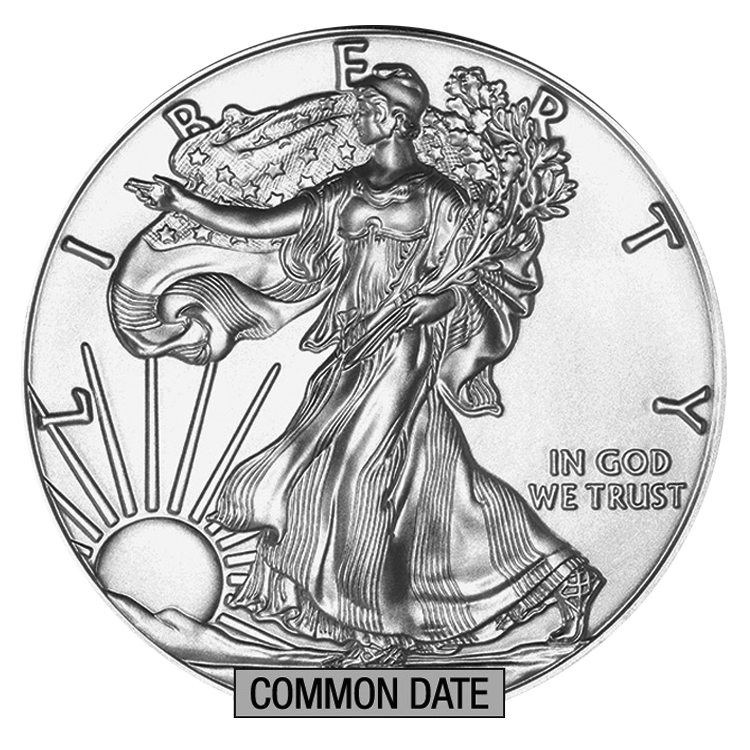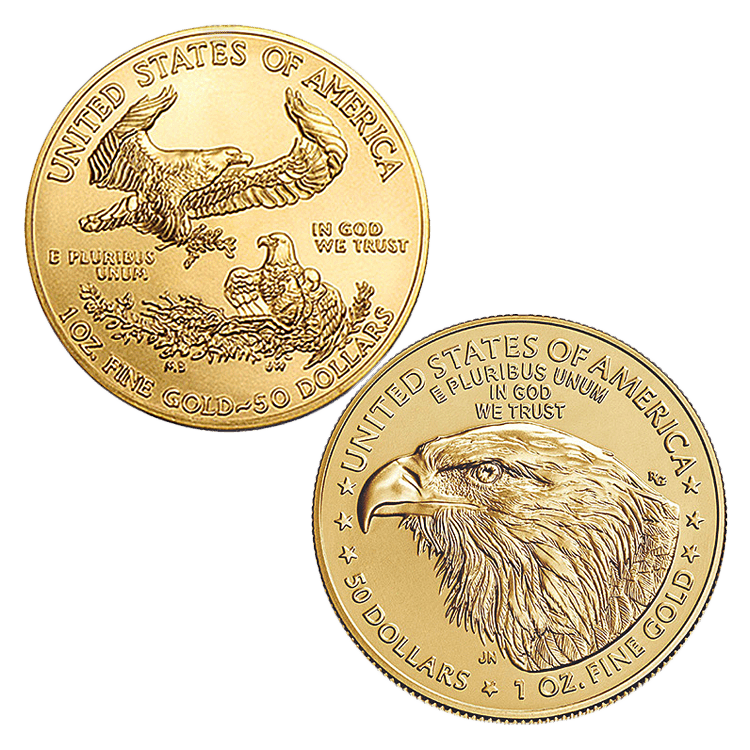“Nobody can nail a peak. And if they say they can, they’re lying. If they do, they were lucky.”
With those frank words, Mike Maloney opens up about one of the most challenging aspects of precious metals investing: knowing when to sell. While countless “gurus” claim they can time the market perfectly, Mike takes a refreshingly honest approach — one based on mathematical ratios, not crystal balls.
The Two Ratios That Matter Most
Instead of focusing on price targets (which Mike considers largely irrelevant), he watches two key ratios that have proven reliable across multiple market cycles:
1. The Dow/Gold Ratio
This ratio simply divides the Dow Jones Industrial Average by the price of gold. Mike explains why this matters:
“In the early 1900s, it was hanging out between three and five. Then in the 1920s it went into a bubble and by ’29 it was at 18 ounces of gold to equal the points on the Dow.”
The historical extremes are remarkable:
- 1929: 18 ounces (bubble peak)
- 1932: 2 ounces (Depression bottom)
- 1966: 28 ounces (another bubble)
- 1980: 1 ounce (gold peaked at $873, Dow at 873 points)
- 1999: 45 ounces (dot-com bubble)
- Today: 13.5 ounces
Mike’s target? He won’t consider selling until this ratio drops below 5. But he thinks it could go much lower — possibly to 0.5, meaning gold could be worth double the Dow’s point value.
“When the pendulum swings, the further it swings to one way, the further it’s going to swing to the opposite direction,” Mike explains. If he’s right, someone selling stocks today to buy gold could potentially buy back 27 times more shares when the cycle reverses.
2. The Gold/Silver Ratio
The second confirming indicator Mike watches is how many ounces of silver it takes to buy one ounce of gold:
- Historical norm: 14-15:1 (for hundreds of years)
- 1980: 14:1
- 2011: 30:1
- Today: 93:1
“When this gets down to 30, you want to be using this as your okay, it’s okay to use the Dow/Gold as your sales indicator,” Mike advises. If the gold/silver ratio is still high when the Dow/Gold ratio hits his target, it signals there’s more room to run.
The 20% Solution: Mike’s Mathematical Approach to Selling
Here’s where Mike’s strategy gets particularly interesting. Rather than trying to nail the exact top, he plans to sell in increments:
“When both of these, the Dow/Gold and the gold/silver ratio get down into certain ranges, I’m going to be selling 20% of my precious metals holdings.”
The brilliance of this approach? If prices continue rising after his first sale, he still benefits with 80% of his holdings. He’ll sell another 20% at the next target, and so on.
“What I’m trying to do is use math to get around the peak… get a bunch of sales that are around the peak and capture most of this profit.”
Your Action Plan
Mike has identified the two indicators he believes every investor should watch, along with a strategy anyone can follow:
- Watch the Dow/Gold ratio — Currently at 13.5, heading toward 5 or lower
- Monitor Gold/Silver — Now at 93:1, watch for it to drop toward 30:1
- Plan your exits in increments — Consider the 20% rule instead of all-or-nothing
- Stack physical first — Build your foundation before speculating
- Think in ratios, not prices — It’s about relative value, not dollar amounts
As Mike often says, he’s teaching people to fish, not just handing out fish. These ratios and strategies give investors a mathematical framework for making decisions — no crystal ball required.
Investing in Physical Metals Made Easy
Open an AccountGet Gold & Silver Insights Direct to Your Inbox
Join thousands of smart investors who receive expert analysis, market updates, and exclusive deals every week.












